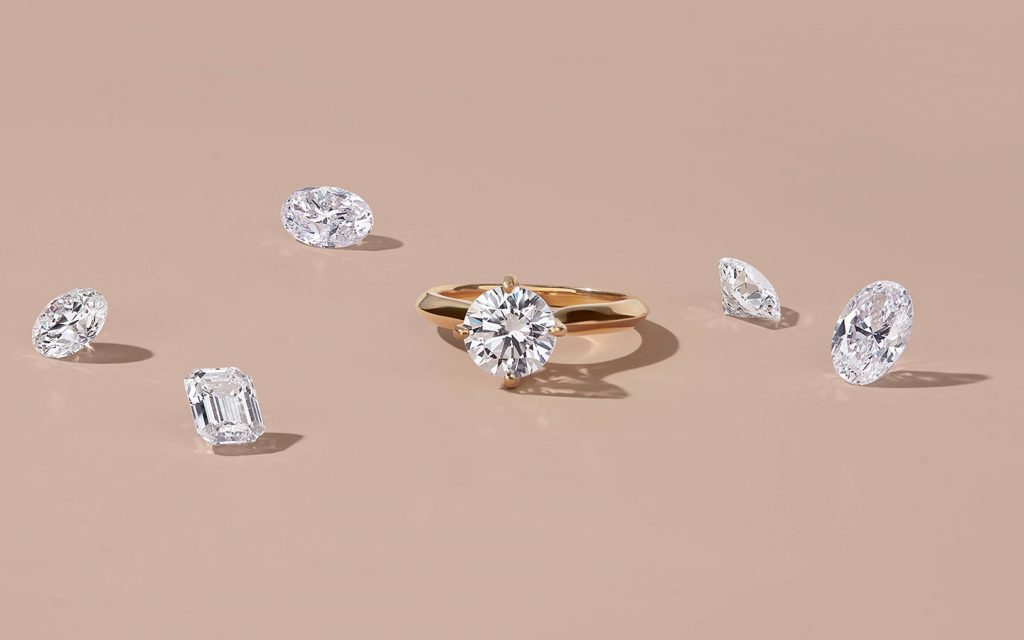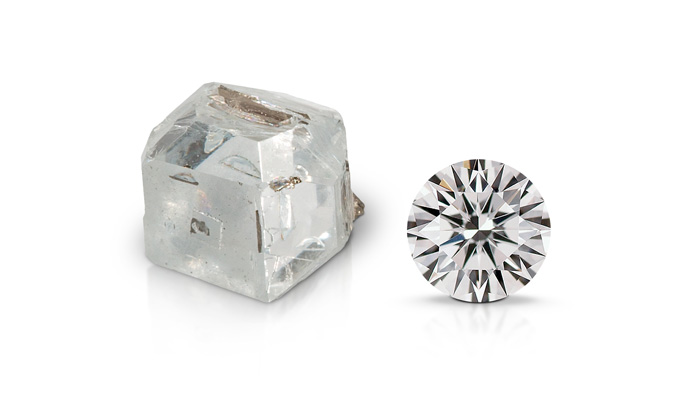Introduction
Have you ever heard the saying, “size doesn’t matter”? Well, when it comes to diamonds, that couldn’t be further from the truth! The size of a diamond plays a significant role in its appearance, value, and emotional significance. In this article, we’ll delve into why diamond size matters and explore the various factors that influence it.
Understanding Diamond Size
When we talk about the size of a diamond, we’re typically referring to its carat weight. Carat weight is a unit of measurement specifically used for diamonds and other gemstones. Contrary to popular belief, carat weight doesn’t just dictate the size of a diamond; it also affects its visual appearance.
Carat Weight Explained
Carat weight is often associated with the size of a diamond, but it’s essential to understand that it’s a measure of weight, not size. One carat is equivalent to 200 milligrams or 0.2 grams. However, two diamonds with the same carat weight can appear different in size due to variations in their proportions and cut.
Visual Perception vs. Actual Size
Perception can sometimes be deceiving when it comes to diamond size. Factors such as the diamond’s cut, shape, and setting can influence how large or small it appears to the naked eye. For example, a well-cut diamond with excellent light performance may appear larger than a diamond of the same carat weight with a poor cut.
Impact of Diamond Size on Appearance
The size of a diamond can significantly impact its appearance, especially when it comes to sparkle and brilliance. Larger diamonds tend to have more facets, which allow them to interact with light in captivating ways, creating a mesmerizing sparkle that catches the eye.
Sparkle and Brilliance
One of the most captivating aspects of a diamond is its ability to sparkle and reflect light. Larger diamonds have more surface area, allowing them to capture and reflect light from multiple angles, resulting in a dazzling display of brilliance.
Finger Coverage and Presence
In addition to sparkle, the size of a diamond can also affect how it looks on the finger. A larger diamond can provide more finger coverage, creating a bold and eye-catching presence. However, it’s essential to strike the right balance between size and comfort, ensuring that the diamond complements the wearer’s hand.
Budget Considerations
While we’d all love to sport a massive diamond on our fingers, budget constraints often come into play when choosing the right diamond size. However, there are ways to find the perfect balance between size and affordability without sacrificing quality.
Finding the Right Balance
When budgeting for a diamond, it’s essential to prioritize what matters most to you. If size is a top priority, you may need to compromise on other factors such as color or clarity. Conversely, if quality is paramount, you may opt for a smaller diamond with higher color and clarity grades.
Alternatives to Larger Diamonds
If a large diamond isn’t feasible within your budget, fear not! There are plenty of alternatives to consider, such as diamond alternatives like moissanite or opting for a smaller diamond with a halo setting to enhance its perceived size.
Popular Diamond Sizes
Diamond size preferences can vary significantly depending on personal taste, cultural influences, and current trends. However, certain sizes tend to be more popular than others, reflecting prevailing preferences and societal norms.
Common Preferences
In the world of diamond jewelry, there are a few sizes that stand out as perennial favorites. For engagement rings, diamonds ranging from 0.50 to 1.00 carats are often the most sought after, striking a balance between size, sparkle, and affordability.
Trends in Diamond Size
Diamond size trends can fluctuate over time, influenced by factors such as celebrity endorsements, cultural shifts, and advancements in technology. In recent years, there’s been a growing trend towards larger, statement-making diamonds, driven by social media and a desire for individuality.
Choosing the Right Diamond Size
When it comes to choosing the right diamond size, there’s no one-size-fits-all answer. It ultimately comes down to personal style, preferences, and practical considerations such as lifestyle and budget.
Personal Style and Preference
Some individuals prefer understated elegance, opting for smaller, more delicate diamonds that complement their everyday style. Others may gravitate towards larger, more extravagant diamonds that make a bold statement and command attention.
Practical Considerations
In addition to personal preferences, practical considerations should also play a role in selecting the right diamond size. For example, someone with an active lifestyle may prefer a smaller diamond that’s less likely to snag on clothing or get in the way during physical activities.
Diamond Size and Occasions
The occasion for which the diamond jewelry is intended can also influence the desired size of the diamond. Whether it’s an engagement ring, anniversary gift, or special occasion, lab diamonds, the size of the diamond can hold symbolic significance and emotional value.
Engagement Rings
For many couples, an engagement ring symbolizes love, commitment, and the promise of a future together. The size of the diamond in an engagement ring can symbolize the magnitude of the love shared between partners and serve as a tangible reminder of their commitment.
Anniversary Gifts
Diamonds are a popular choice for anniversary gifts, representing enduring love and cherished memories. The size of the diamond can vary depending on the milestone being celebrated, with larger diamonds often



